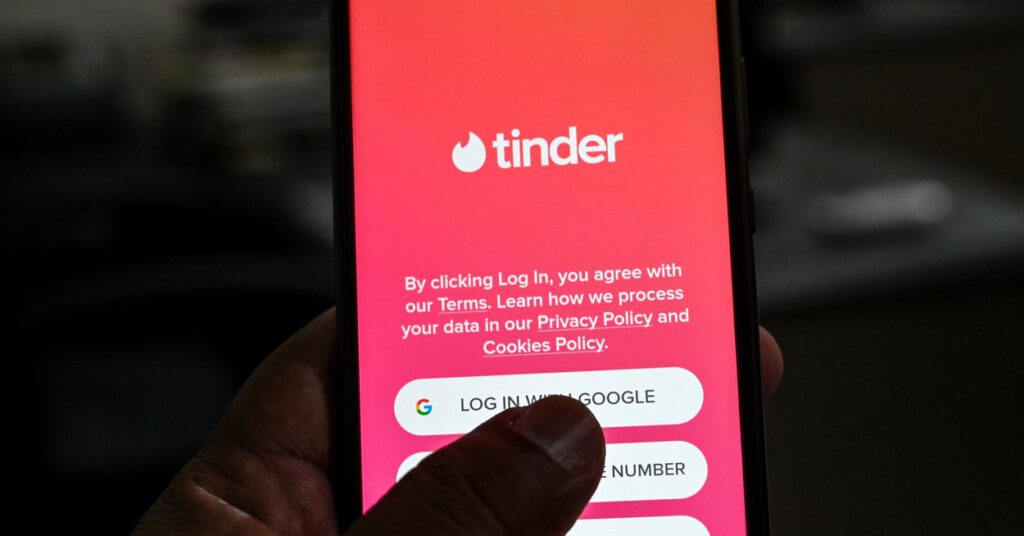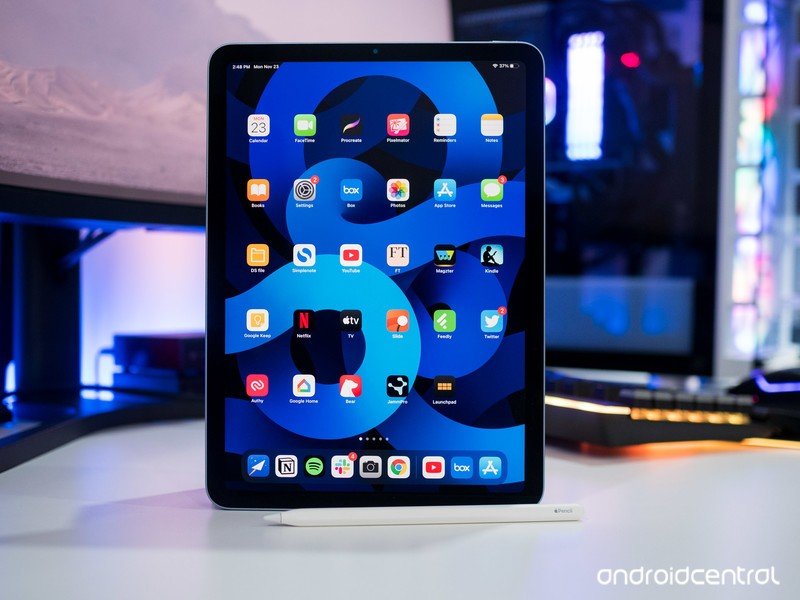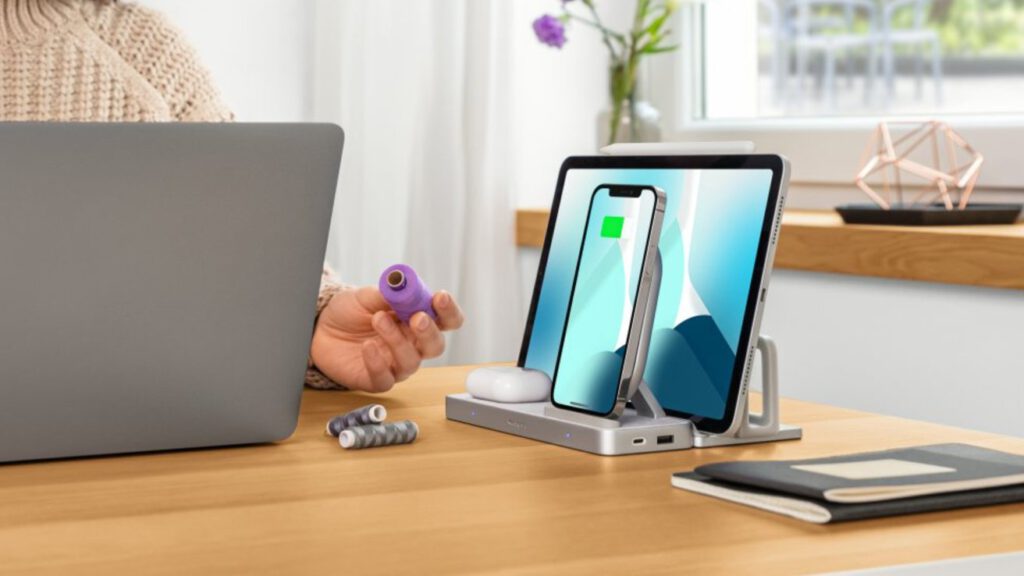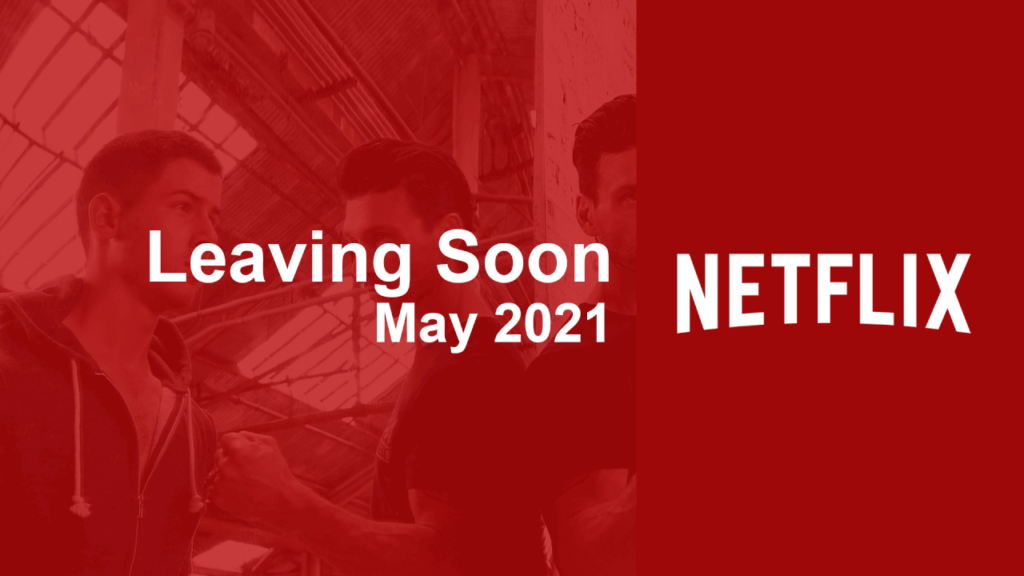A new review by the Mozilla Foundation and Individuals Worldwide has discovered that the relationship application Tinder charges end users radically distinctive charges for obtain to its high quality Tinder Moreover assistance. The examine raises critical queries about how the personalized demographic knowledge of app customers (like age, race, gender, and sexual orientation) could be employed to generate discriminatory “differential pricing,” equally in courting expert services and over and above.
The analyze, which builds on results from British isles shopper watchdog team Which? and Australian buyer organization Option, did not find statistically sizeable selling price variances primarily based on race, gender, or sexual orientation. It did, while, expose that more mature people were billed a lot more for Tinder Furthermore, which makes it possible for end users unrestricted likes and the potential to reverse your last swipe. It found considerable variation in the costs provided to exam buyers: In the Netherlands, 96 take a look at consumers have been quoted 31 unique selling prices for the identical service, with prices ranging from $4.45 to $25.95. Scientists also discovered correlations that they explained as “worthy of further more investigation” — for instance, straight contributors in the Netherlands ended up quoted 10.6% more than LGBTQ members, and males in the United States were being quoted 6.5% more on common than women of all ages.
A Tinder spokesperson told Cayuga Media that the organization has by no means deemed sexual orientation, gender, race, faith, or any other demographic attribute when identifying costs, and that the large assortment of prices proven to people have been probable the result of randomized tests.
But although Tinder denied that the wide range of costs Mozilla and Client Alternative located experienced everything to do with demographic data, it is one of couple of businesses that has publicly embraced “personalizing” pricing dependent on age. In 2015, the business introduced specific age-based pricing tiers for its high quality provider and has faced pushback from consumers ever due to the fact. In 2019, the enterprise agreed to pay out $23 million to settle a class motion age discrimination lawsuit introduced by California consumers more than age 28, who were billed twice as substantially as youthful buyers for the company’s membership solutions. As a situation of the settlement, Tinder agreed “to substantially halt [its] discriminatory techniques,” at least within the point out of California. In August 2021, the 9th Circuit undid the settlement, but the business designs to conclusion its “age-centered discounts” likely ahead. The researchers have been not conscious of any other main relationship applications — a lot of of which are owned by the very same business, Match Team — that have available specific age-based mostly pricing.
The Tinder spokesperson in contrast the company’s age-primarily based rates to discount rates for youthful people and more mature older people at spots like movie theaters and museums. Having said that, ending explicit age tiers does not look to tackle the massive price variations that Mozilla and Client Decision observed in their study.
Tinder is not the only firm that has toyed with utilizing facts mined from consumers’ equipment to personalize pricing — even though most have stayed absent from protected demographic features. In 2012, Orbitz started demonstrating clients searching on Mac pcs bigger resort price ranges than comparable shoppers browsing on PCs, due to the fact the firm found that Mac buyers had been, on ordinary, willing to pay back extra for hotels. In 2016, Uber’s head of study instructed NPR that riders were inclined to accept up to 9.9 instances a usual fare when their mobile phone batteries had been lower (a metric the application tracks so that it is familiar with when to go into battery-conserving method), but claimed the firm does not contemplate cell phone battery amount when placing price ranges. Previous 12 months, an app known as Smash started presenting grocery discount rates for folks between ages 13 and 24 — and calls for its end users to submit a selfie in purchase to pass a “facial age scan.”
This sort of selling price personalization has led to worry between regulators. In 2012 — and again in 2018 — the United kingdom authorities opened investigations into companies making use of data collected from individuals on the internet to charge “personalized” prices for their solutions. In 2015, the Obama White Home revealed a report on the concern, which raised concerns, but found that “we have not yet entered an era of prevalent individualized pricing.” In 2018, nonetheless, a examine conducted by Deloitte and Salesforce uncovered that of 500 surveyed businesses, 40% experienced used AI to “tailor pricing and promotions in actual time.”
Ashley Boyd, Mozilla’s VP of advocacy who directed the investigate on Tinder Moreover, said that the people her crew interviewed want far more transparency into companies’ pricing techniques. But right up until far more investigate is carried out or organizations make your mind up to be a lot more open up, pricing will remain “a bit of a black box.”




